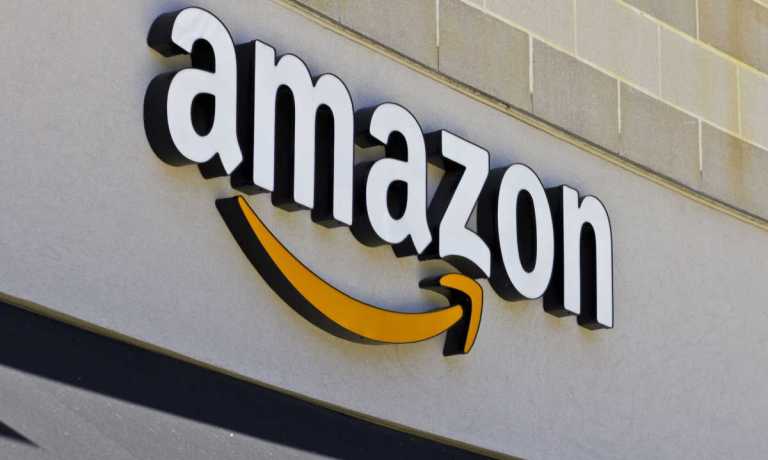The eCommerce giant appears to be trying out a new brick-and-mortar format on a site that was previously home to a New Seasons Market grocery store. According to a filing with the Seattle Department of Constructions & Inspections (certifying that the property owner has had the boiler or pressure vessel inspected), the location has been dubbed an “Amazon Market.”
This nomenclature marks a departure from Amazon’s existing brick-and-mortar chains, which include its Amazon Go convenience store brand, its Amazon Fresh grocery stores (which seem to be having a rough go of it) and its Amazon Style clothing stores.
The filing, first spotted by GeekWire, dated Jan. 25, comes more than three years after the New Season Market closed up shop, and the tech news outlet first connected the site to Amazon two years ago.
Amazon declined PYMNTS’ request for comment.
The filing came about a week before Amazon executives discussed the grocery goals on a call with analysts Thursday (Feb. 2) discussing the company’s fourth quarter 2022 financial results. While the retailer already has gained significant share of center-aisle categories through its eCommerce marketplace, fresh food sales remain largely the purview of brick-and-mortar retailers.
Advertisement: Scroll to Continue
“[We don’t] have a big market segment share in perishables, and if you really want to have significant market segment share in perishables, you typically need physical stores,” Amazon CEO Andy Jassy said.
He noted that, while the company has its premium brick-and-mortar grocery business, Whole Foods Market, which has been becoming more profitable, it has yet to find a model that works well for a broader audience.
“We’re doing a fair bit of experimentation today in those stores to try to find a format that we think resonates with customers,” Jassy said. “We’ve decided over the last year or so that we’re not going to expand the physical Fresh stores until we have that equation with differentiation and economic value that we like, but we’re optimistic that we’re going to find that in 2023.”
As Amazon retools its brick-and-mortar strategy, it has been gaining share of packaged goods sales via its digital channels. In a recent feature, PYMNTS’ Karen Webster notes that subscription sales of canned goods and cleaning supplies grew at least 35% in the last three years, with the help of Amazon Subscribe & Save’s widespread popularity. In fact, 7.2% of U.S. consumers have utilized the option.
In-person shopping is indeed the norm for grocery customers, but digital is quickly growing, Data from PYMNTS’ new study “Changes in Grocery Shopping Habits and Perception,” which drew from a December survey of more than 2,400 U.S. consumers, revealed that only 7% shop digitally every time. However, that eCommerce-only share has increased 36-fold since before the pandemic.
Now, through the company’s efforts to gain share of perishables in addition to its growing center-aisle eCommerce business, Amazon aims to close competitor Walmart’s massive lead in the grocery category. PYMNTS’ October report, Amazon Versus Walmart Q2 2022 — The Discretionary Spend Play, notes that Amazon maintains only a 2% share of the food and beverage market, while Walmart holds a share eight times that size.

